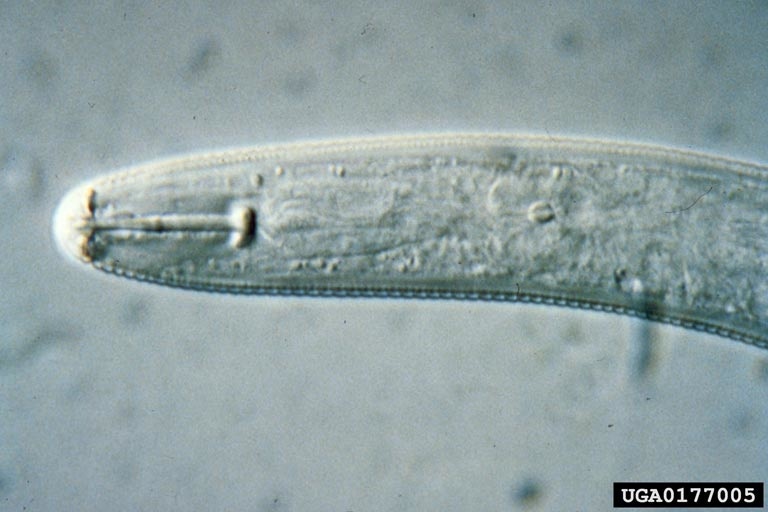August 12, 2016

Farmers would know if there was a pest on their farms costing them thousands of dollars right? According to researchers, not necessarily.
Soybean Cyst Nematode (SCN) is a damaging pest that costs American soybean farmers 1.2 billion dollars annually.
According to the most recent United States Department of Agriculture survey, there were 81.8 million acres planted to soybeans in 2015. That means that on average, SCN cost American farmers $14.70 an acre. These numbers would make people think farmers were actively searching for solutions in their field and doing everything they can to prevent SCN damage.
A recent SCN survey completed by University of Missouri researchers, suggests farmers may not be aware, or fully aware, of the SCN problems in their fields.
The survey showed that only 34 percent of farmers considered SCN a problem or were aware of its presence in their fields. Only 31 percent of farmers knew how they were trying to protect their fields. This is concerning because 92 percent of the soil samples tested were positive for SCN, with 77 percent of those being rated as a medium or high infestation. That is a major problem when it comes to managing this pest.
“Knowledge is your first power against SCN,” said Melissa Mitchum, Ph.D., plant sciences professor at the University of Missouri. “Know your SCN level, know your SCN type, know your source of resistance and know your options.”
Further complicating the SCN issue is a population shift occurring within the nematodes themselves. Historically farmers relied heavily on genetic resistance to the pest, but recently, traditional resistance is less effective
“Each nematode has different genes,” Mitchum explained. “Nematodes that are unaffected by plant resistance pass along those genes to their offspring, which can results in a big problem.”
Rotating to non-host crops such as corn can help decrease future outbreaks, but this will only lower the populations and not eliminate SCN. Industry has recently introduced a few nematicidal seed treatments that decrease SCN’s reproductive rates, but so far none of the seed treatments are a stand-alone control of SCN.
The main concern that farmers face is that there are no viable alternatives to the PI88788 resistance that is currently the main source of resistance in commercial varieties. At its recent meeting in Columbia, Missouri, the North Central Soybean Research Program voted to fund more research in the area of SCN resistance.
This information was presented at a recent meeting of the North Central Soybean Research Program (NCSRP). The NCSRP is a farmer-led organization that invests checkoff dollars into research with regional implications.
Twelve state soybean associations actively participate and fund NCSRP including Illinois, Indiana, Iowa, Kansas, Michigan, Minnesota, Missouri, Nebraska, North Dakota, Ohio, South Dakota and Wisconsin.
You May Also Like




